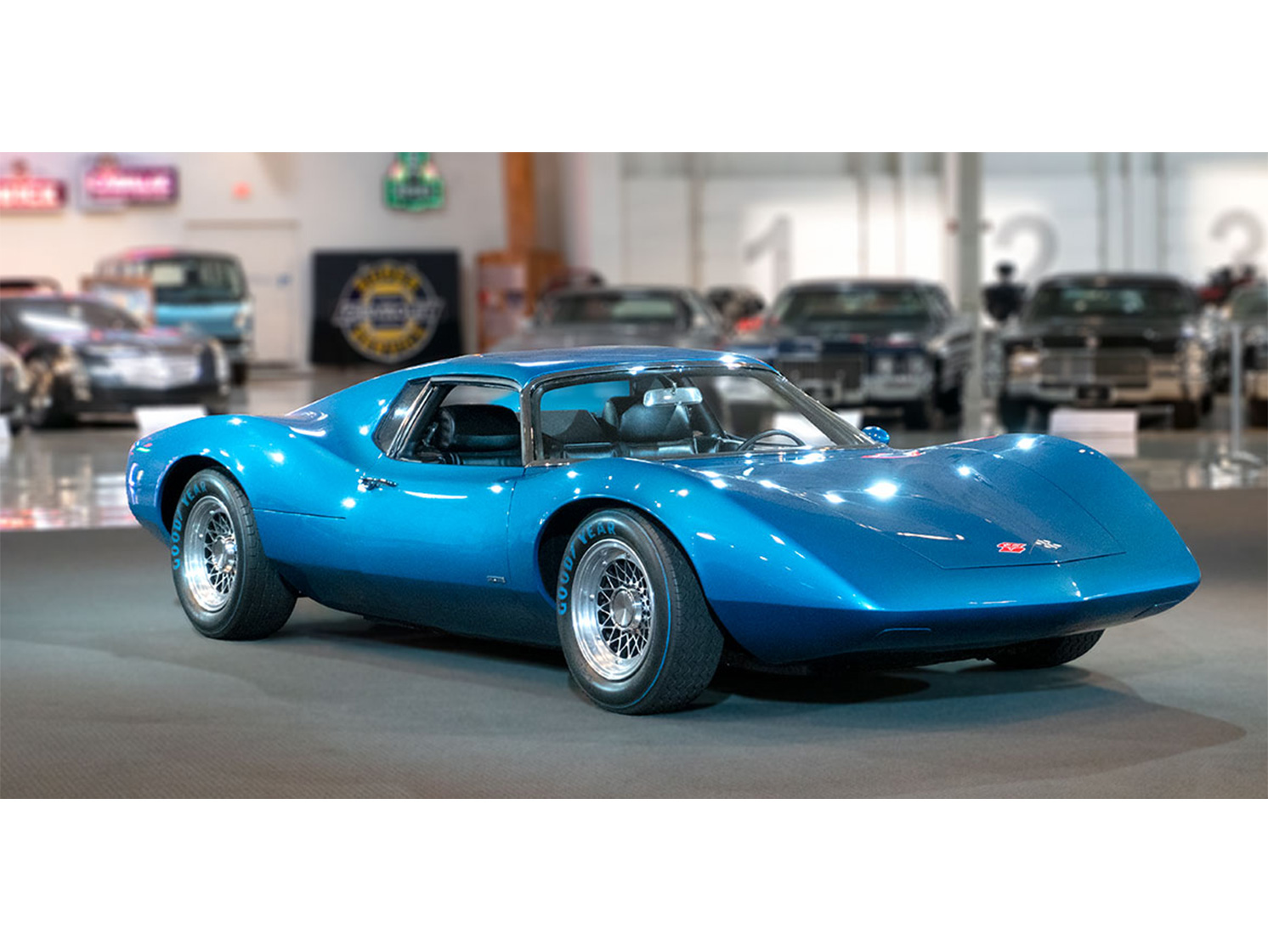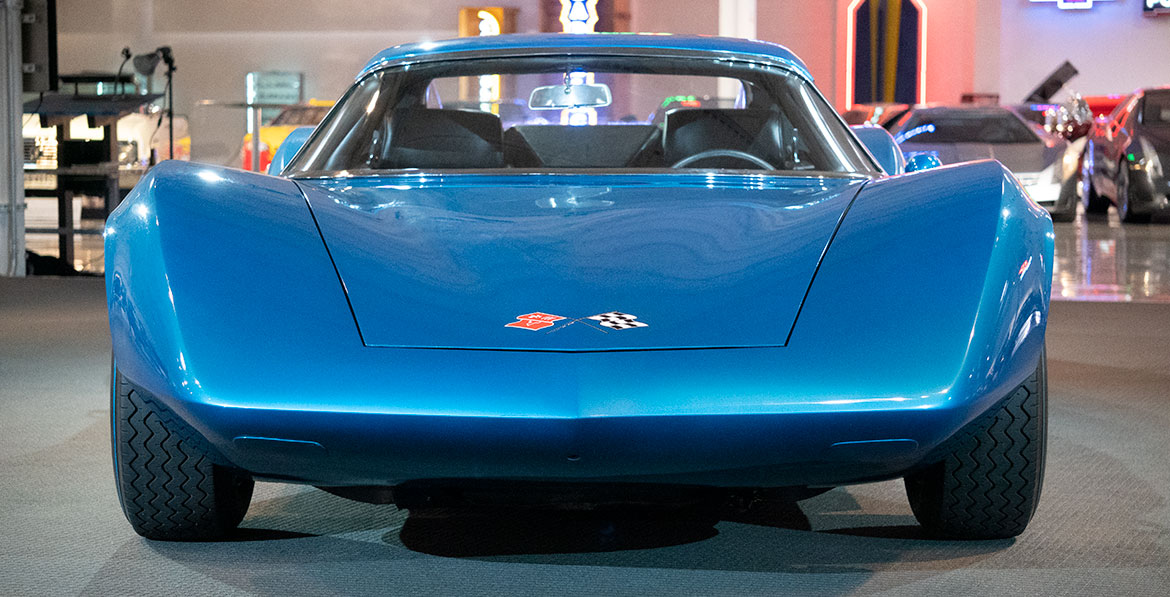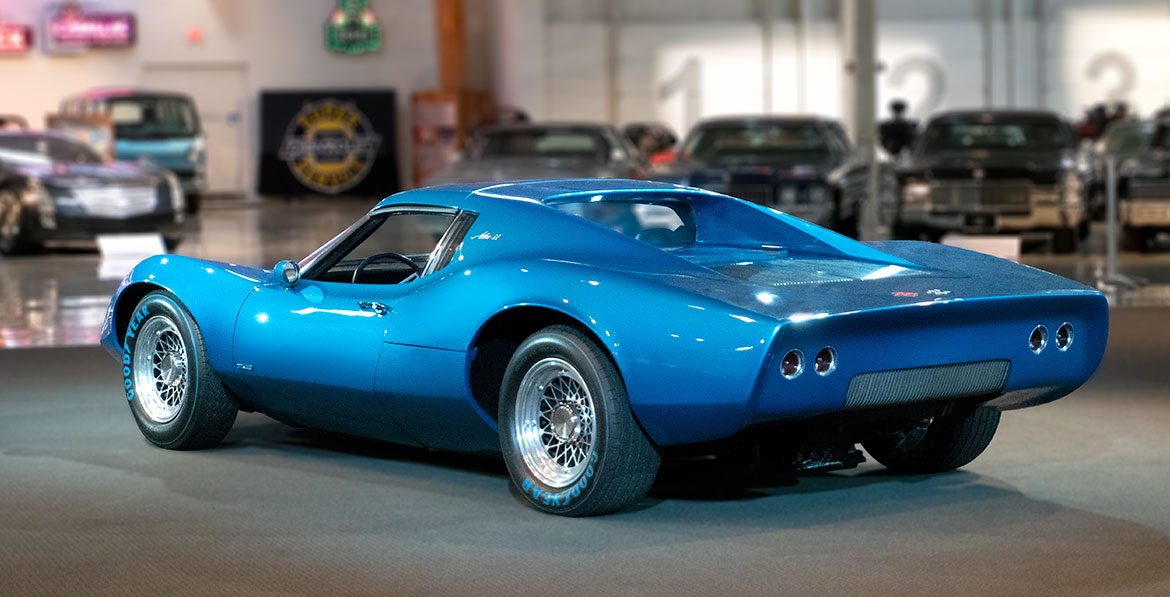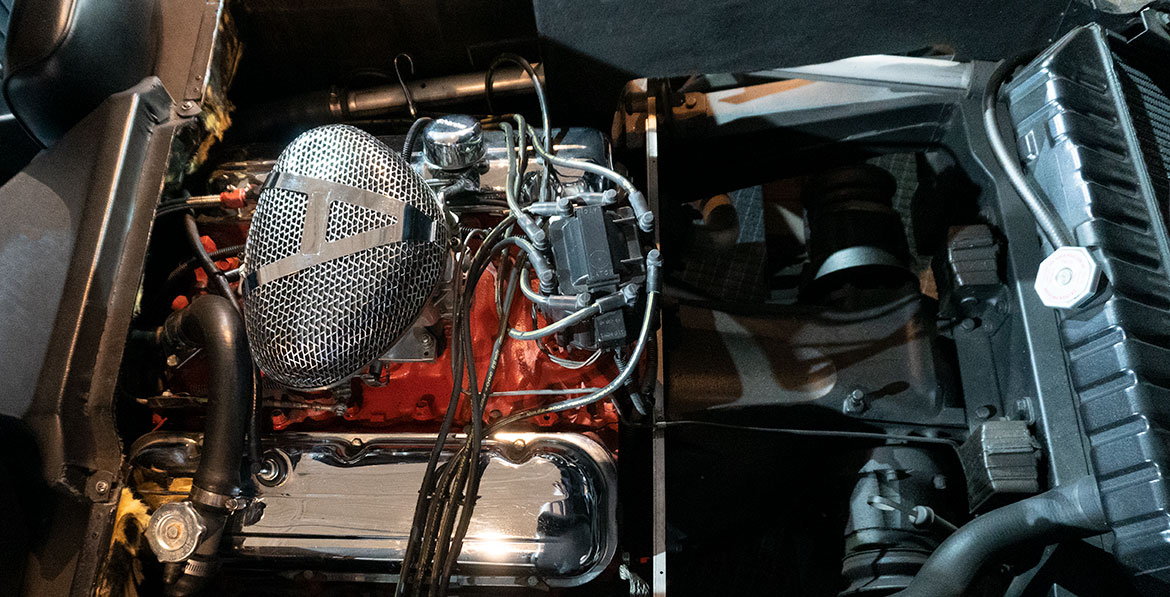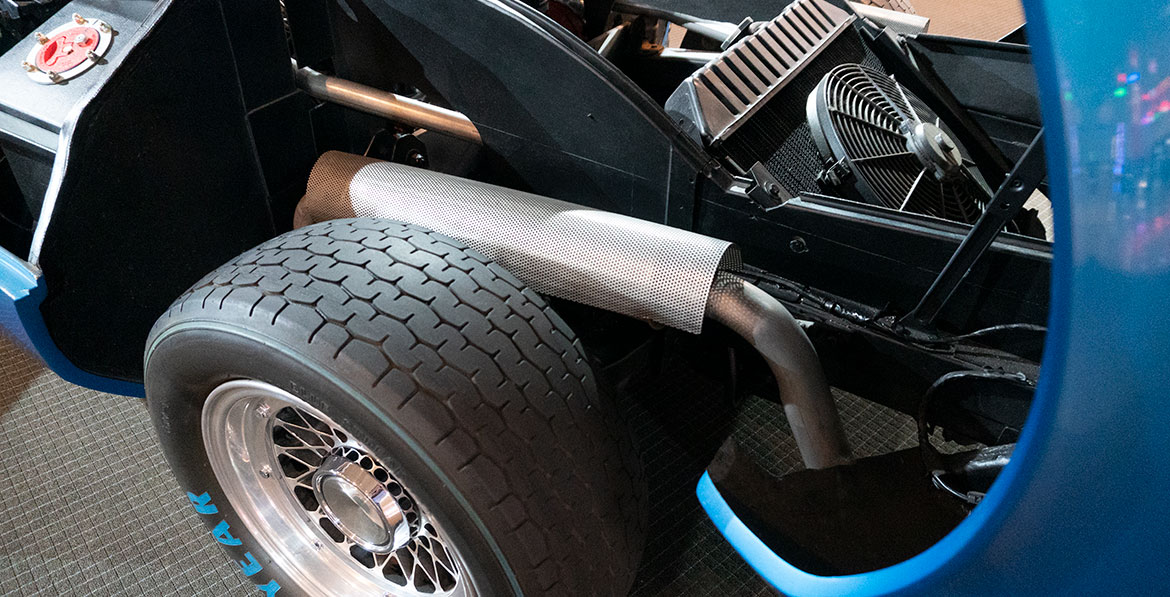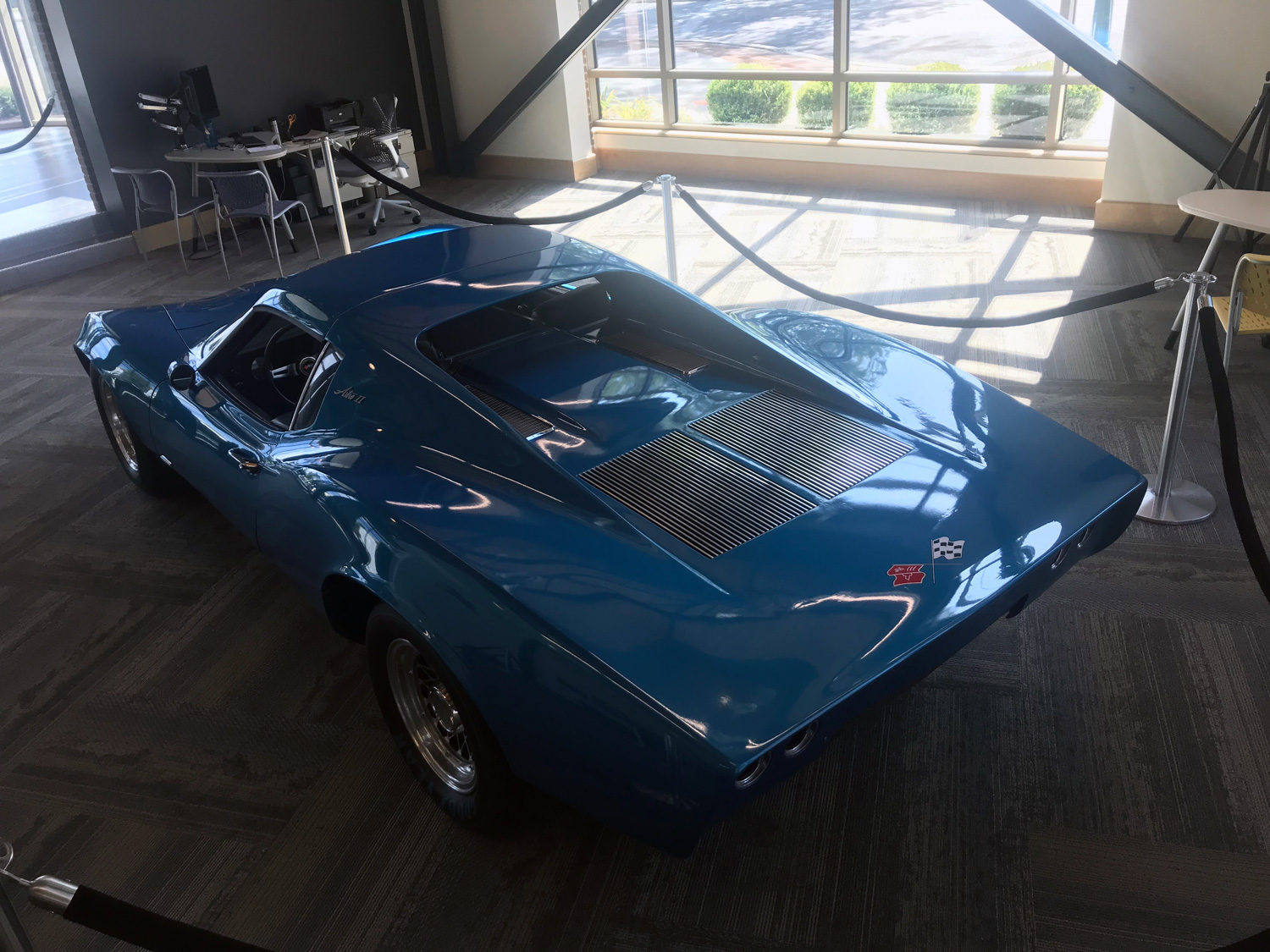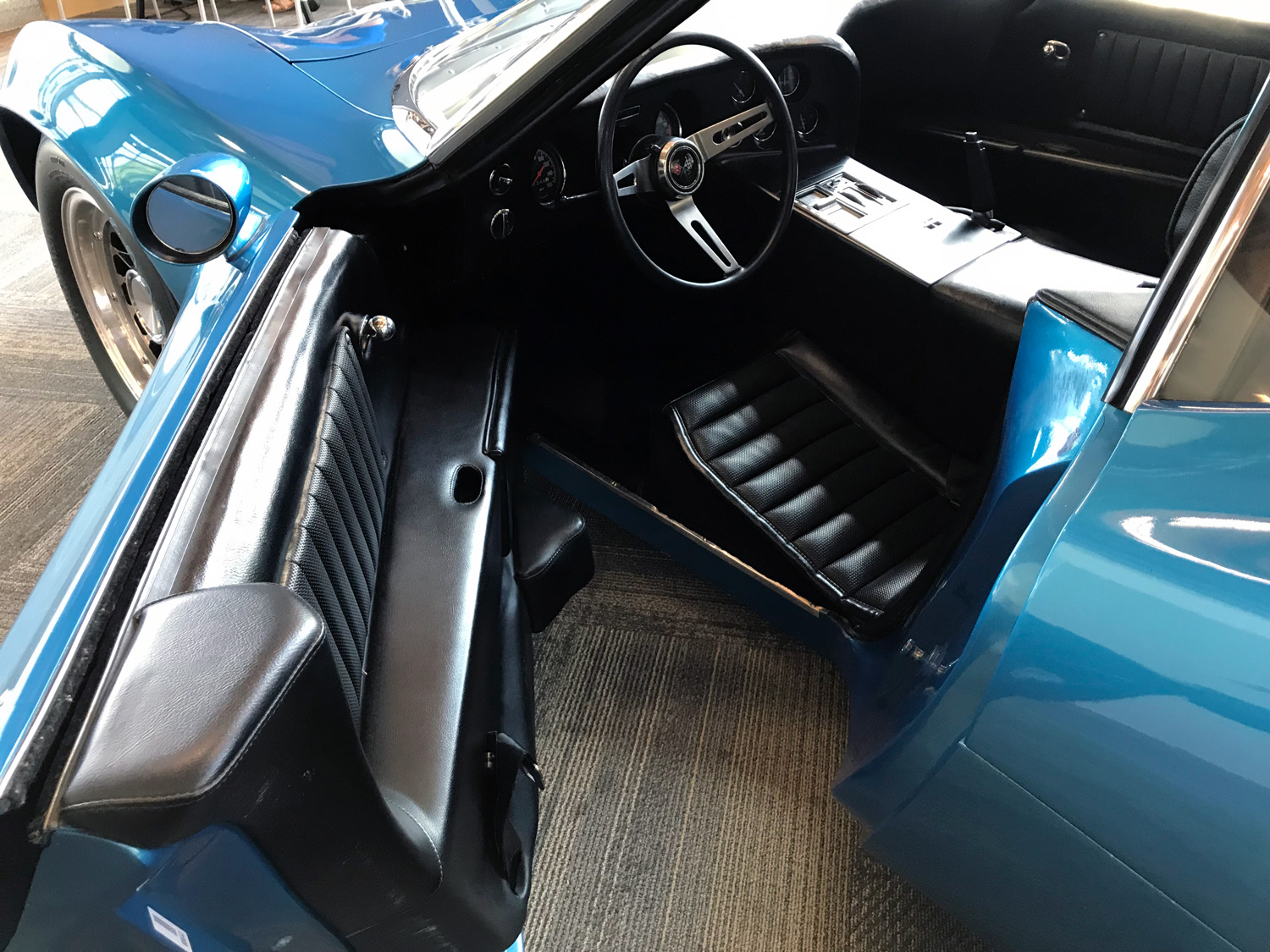The first mid-engine Corvette wasn’t a Corvette—it was the Astro II
Corvette has a tumultuous history of ambitious designs and concepts leaking out, only to have the wild design tamped down to a reality not far removed from a previous generation of the legendary sports car. As the Corvette was in its big-block heyday, GM Design was creating the first tease for what would eventually become the 2020 Corvette.
The Astro II is labeled by the GM Heritage Center as a 1968 model, which is right at the tail end of a decade where Corvette legend Zora Arkus-Duntov was set in a path that Corvette would need to become a mid-engine design in order to compete with the emerging high-performance European cars. As lead Corvette engineer in the early 1960s, Duntov led a team to the creation of the Chevrolet Engineering Research Vehicle (CERV), which happened to have a mid-engine layout with two seats.
The CERV program created two prototype racers, which attempted to lay the groundwork for Duntov’s 1964 push for a 1967 production mid-engine car. He didn’t get his mid-engine in 1967, but his consolation prize was to take the XP-880 to the New York Auto Show. Later dubbed the Astro II, XP-880 ignited a firestorm of rumors and buzz around the Corvette nameplate and a significant change in its design. This firestorm became a smoldering pile of rumors that flared up occasionally, and never seemed to go out completely.
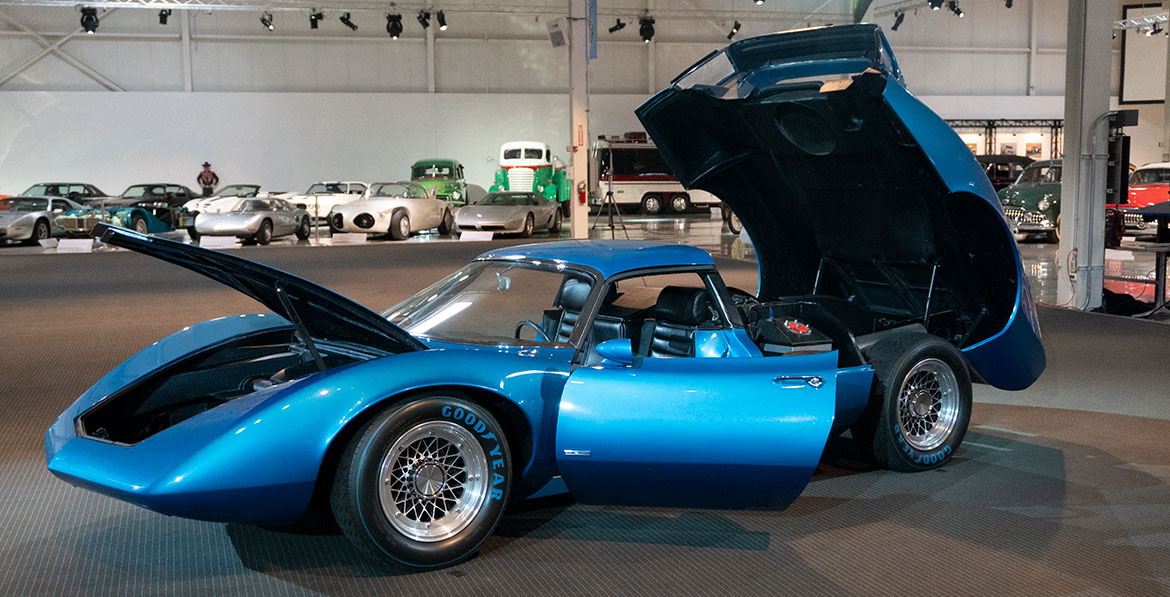
Astro II packs a 427-cube, 400-horsepower big-block just behind the driver’s right shoulder, which seems oddly appropriate. To fit the massive mill in the petite wheelbase, the engine was mounted up to a transaxle rather than a standard transmission and rear axle arrangement. The power flowed through a 1963 Pontiac Tempest two-speed rear end—one notorious for its glass-like strength. This transaxle also necessitated the engine to be reverse-rotation, something not uncommon in the marine industry.
With a redesigned rear axle, the Astro II was put through testing with Duntov behind the wheel. The cast aluminum wheels and four-wheel disc brakes kept the car on the road, and under his careful control, the car achieved a full 1.00 g of lateral grip on a skidpad. For reference, the C7 Grand Sport is capable of 1.18 g. All to say the Astro II held the ground just fine.
So what stalled this radical mid-engine shift for five decades? Chevrolet was having no trouble selling every Corvette right off the assembly line in the late ’60s, so it made no sense to mess with success. The concept worked in drumming up press and conversation about the Corvette nameplate, and that was ultimately good enough. Just a few years later, in 1974, you can see the Astro II’s tail design influence on production (front-engine, obviously) Corvette models.
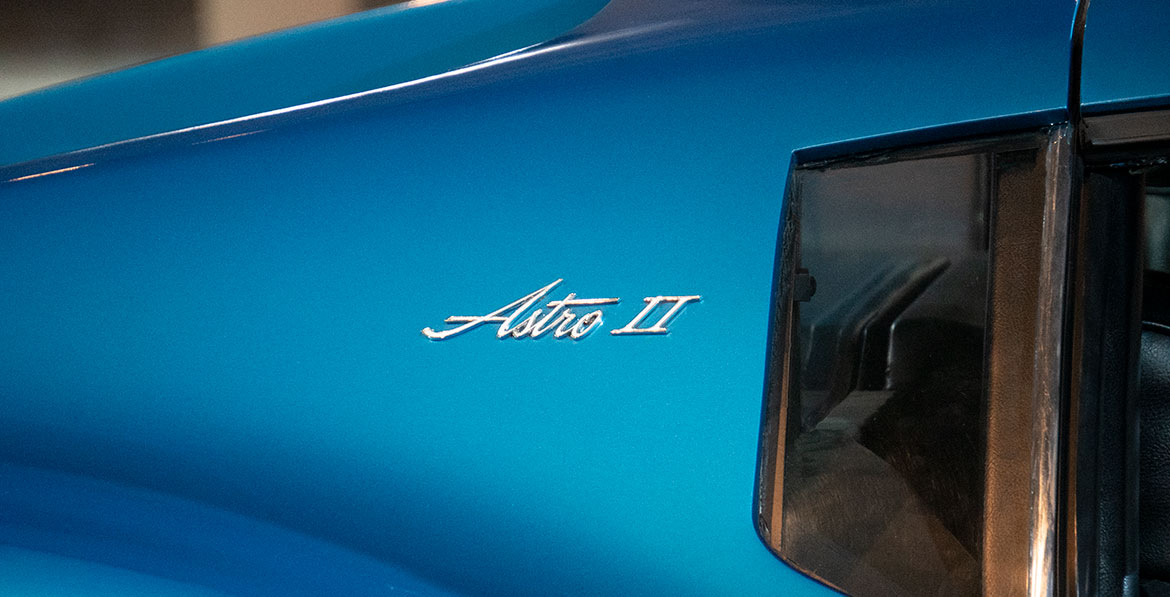
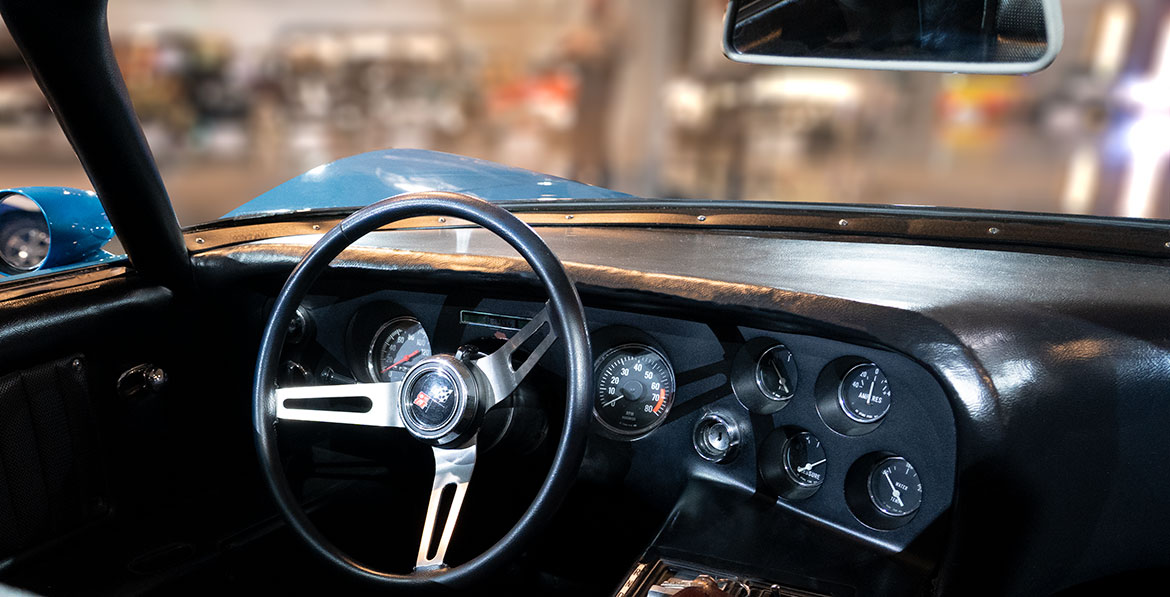
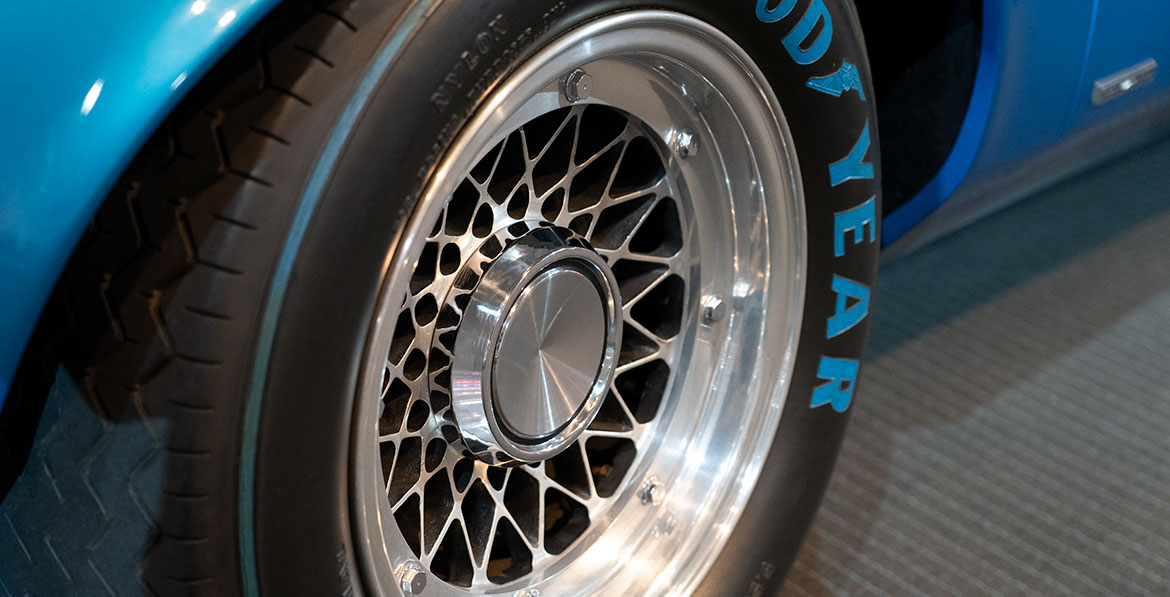

In person, the Astro II is petite. The only thing that doesn’t look small about this car is the engine shoved under the massive rear clamshell. In some strange way, it looks like a Corvette, so much so that even from a distance, when the badging is not visible, the lineage of the car is obvious. Just under 44 inches from floor to roofline, it begs the question how the GT40 program took out four more inches.
The Astro II currently resides in the GM Heritage Collection, often tucked away from the public eye. However, during the month of September, this and two other radical concepts of GM Design are on display at Hagerty headquarters in Traverse City, Michigan. The vehicles on display rotate on a monthly basis, so be sure to drop by and check out what is new each time you are nearby.
